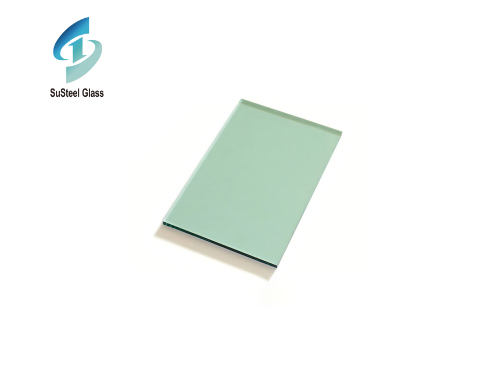
Silk screen glass, as a unique and exquisite decoration process, has attracted wide attention and love in the world. It combines art and craft perfectly, giving glass surfaces unlimited possibilities, making them an integral part of interior design and architectural decoration. Whether it is a large curtain wall in a commercial building or a glass partition in a home decoration, silk screen glass shows its unique charm and practicality.
The process of silk screen glass can be traced back to ancient Egypt and ancient Rome, but it was not until the development of modern industry that it was more widely used and developed. The production process of silk screen glass is relatively complex and requires multiple processes, but it is these processes that give the glass its unique texture and pattern. First, the artist designs the desired pattern and then prints the paint layer by layer on the glass surface through special silk screens. This printing method allows the pattern to be accurately reproduced and to show rich variations under different lighting. Next, the glass needs to be baked at a high temperature so that the pigment is firmly attached to the glass surface, ensuring its durability and durability.
Screen printing glass has a wide range of applications. In the field of architecture, it is often used in the decoration of large glass curtain walls, which can not only increase the visual appeal of the building, but also adjust the indoor light and provide good privacy protection. At the same time, silk screen glass is also often used in office partition walls and doors, through unique patterns and textures, to create a unique working atmosphere. In terms of home decoration, silk screen glass can be used in different Spaces such as bedrooms, living rooms, kitchens, etc., to add an artistic atmosphere to the interior and complement the home style.
In addition to the decorative role, screen glass also has a certain functional. For example, in some commercial places, silk screen glass can be used as a medium for information transmission, through the printing of words, patterns or signs on the glass, indoor navigation or advertising. In addition, the screen glass can also adjust the degree of indoor light transmission, reduce the transmittance of ultraviolet light, so as to play a certain shade and heat insulation effect.
In general, silk screen glass, as an artistic and practical decorative process, has become an indispensable element in modern architecture and interior design. Through its unique production process and exquisite artistic design, it gives new life to glass, making it no longer just an ordinary building material, but also an amazing art. The development of silk screen glass not only enriches the form of architectural decoration, but also brings people a better and more creative indoor life experience.
 Exploring the World of Green Tinted Glass Products: Versatility and Sustainability
Exploring the World of Green Tinted Glass Products: Versatility and Sustainability
 Exploring the Versatility and Elegance of Custom Thick Glass
Exploring the Versatility and Elegance of Custom Thick Glass



